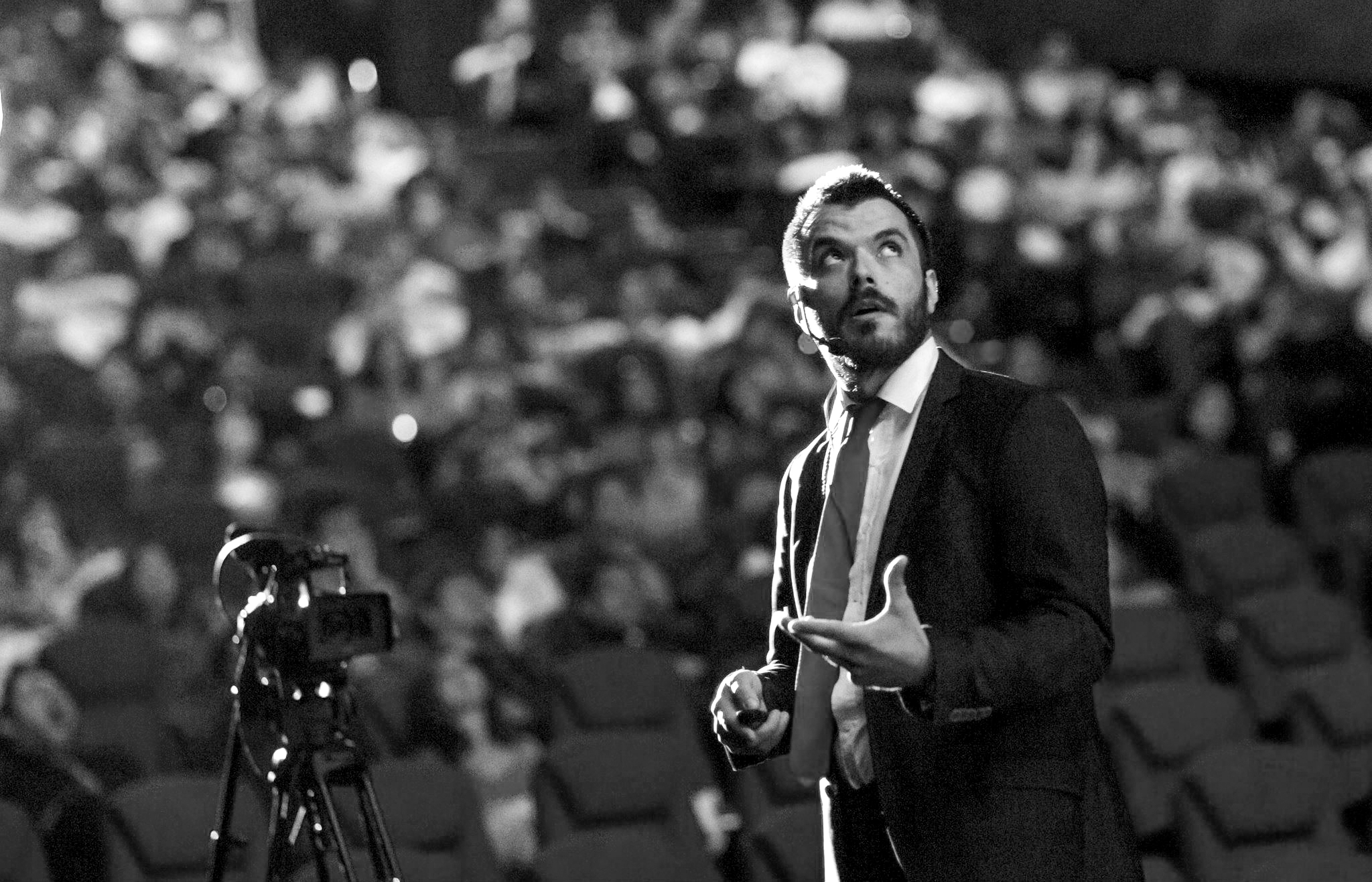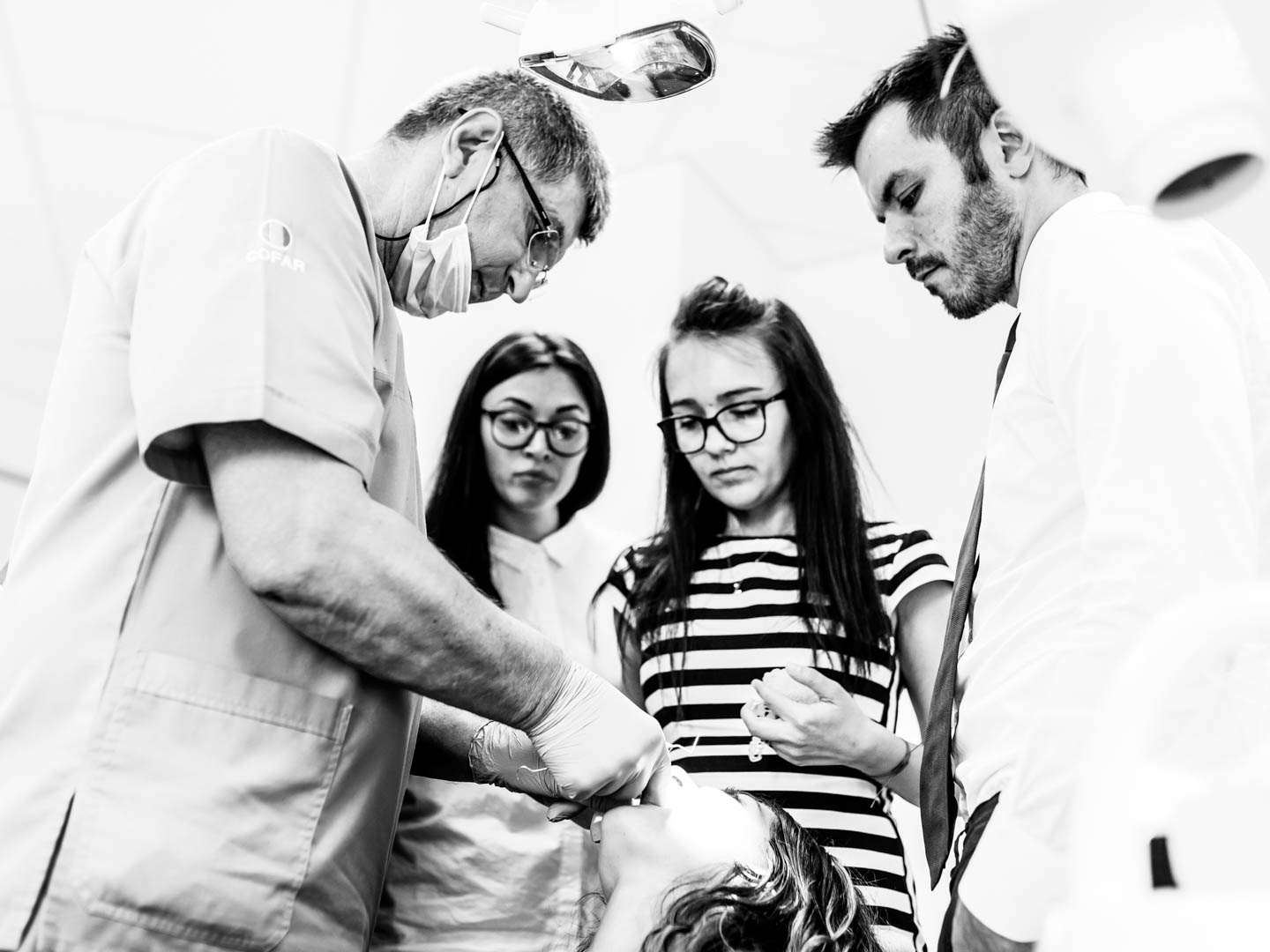‘I’m new to digital dentistry. What’s the best scanner?’
he most common question for someone new to digital dentistry is which scanner is best? Next one is for sure which software or which milling machine.
I remember it used to be the same for photography not too long ago. It’s a pattern that keeps repeating and almost everyone of us has been in this position at some point in time. I know I have.
You know you are in this position when you lack experience, which is perfectly understandable at the start of the road. Before trying to answer these questions, let’s draw in some context.
Faster, better, cheaper
In this story, you are not only the dentist. You are the client, the consumer and the business owner. Take a second, and from this position imagine the vectors that influence your buying decision on a daily basis. What are they?
In an ideal world, education and marketing should be the same thing. In real life, they are many times different, and I will share my experience starting out as a student fresh out of dental school, to a clinician, and then a speaker.
The first tier of education we are exposed to is traditional marketing done by the companies using generic messages like “faster, better, cheaper” and exclusive focus on features: our software can do this or it can do that, our scanner can do this or it can do that.
This base level marketing is practiced by companies through online channels, brochures, expositions and meticulously reproduced by resellers in product presentations that explain very technically the company’s recipe on how to use the product.
In most cases, all the above have one thing in common: they are very shallow or lack entirely the clinical application part.
Personally I am immune to this type of marketing, although in the past, I remember I was much more susceptible to it. The difference between now and then is probably more knowhow and experience to distill facts and go beyond the generic.
At this step, technology is marketed as plug and play, and most people are inclined to make the buying decision thinking that the real cost of the scanner or software is simply negotiated with the dealer.
However that’s far from reality. The real cost of your new system is the learning curve attached to it. If that learning curve is steep (and it will be if you make the buying decision at this tier) you will struggle with longer chair time, your results may not be better than what you’re currently doing, it will lead to re-works, and frustration. On top of that you will run a double standard. Whenever you get stuck, it will always be easier to finish the old way.
In our field technology is not plug and play and if you ignore the learning curve, the result will be a very expensive analogue. Been there, done that.
The “happy path”
The second tier education we are exposed to is throughout big congresses with consistent roosters. If the rooster is good, you have excellent clinicians on stage who expose relevant things.
But there’s always a dilemma speakers are faced with: time.
Usually presentations are anywhere from 18 minutes to 45 minutes, sometimes 1 hour. Because of this, the majority of speakers choose to show the ‘happy path’. In other words, they choose to show scenarios where everything goes right. The happy path is pretty much the only thing that fits in such a narrow timeframe.

One would think, why not choose a detail which is relevant and talk about that? Because for a detail to make sense, you need context, and once again for context you need time. It takes 2 minutes to give context to a topic in adhesive dentistry for example, because we are all familiar with it. In digital it gets a bit more complicated because looking at the audience in a congress, on average, half have not tried it yet, and the other half are working with different systems in different ways.
This tier of education is usually the first relevant stop down the road, where you will meet people you want to become and if you’re lucky, you might meet your next mentor there. If you ask yourself what to buy now, you might already have a better idea, and probably you will choose the sexiest ‘happy path’ you saw on stage.
What’s the pitfall here? ‘Happy path’ means cases presented are carefully selected to have a perfect fit with the workflow or technique presented. Basic example: all mock-ups are additive cases. So when you go home, you realise that you don’t have many cases like this. Of course you don’t . No one has. But regardless, start practice on that exact case indication until you master it, then switch to the next one. Maybe you saw a nice veneer case on monolithic restorations. Notice that veneers were thin. Notice that substrates were good. Notice that the case was additive.
Find the same type of case. If you do that, it will work. If you go outside of that, you will run into the wall, unless you are experienced. So take steps.
Aim for the mothership
Third tier of education are mentors. They are like parents. As a child you don’t learn what the parent says, you learn what the parent does because you want to become like him. Things don’t change much when you grow up.
Always aim for the mothership and follow your first mentors through a 2-3 day course in his home structure, if he has one. This gives you an idea of the structure required to do what he does because when you see one of the big guys on stage, there’s a lot of credits to give. I know I could fill a one hour presentation only with credits. In mothership courses, you see an ecosystem applied to a clinical reality. A team where everyone has a role and the pieces are well oiled and put together.

Take the opportunity to observe all of these details, even outside the lecture room. Your goal here is to go home with a plan, a draft on how you will adapt what you learned to your clinical reality.
This is probably the best moment to decide to buy things: after you made your plan, after you know what you want to do. Now, you can assess what would be the best match for your needs.
The price you need to pay
The next tier of education, and the most relevant one, is in your own office. It’s experience. The price for experience is mistakes, so don’t be afraid. We all make them. This is the reason that above all my mentors, my greatest teacher is my father because he allowed me to make mistakes. Nothing can ever replace that. The real invaluable lessons come from that.
What is important about mistakes is not to let them pass, without a learning point. And yes, you will have to redo things – that’s the price! When you leverage the knowledge gained with the money/time spent, this is by far the highest ratio of gain/effort spent. The more you repeat this process the better you become.
By now, you already learned that there is no best scanner, and no best software. You learned that no corporate ecosystem is big enough to be a universal solution for all your problems. You learned that each technology has its ups and downs, plusses and minuses. Excel in some areas, perform less in others. You probably learned that all of the above are just a keyframe on the time axis which means that if you ask the same question 2 months later, answers may vary.

Share what you learned
The final tier of education is teaching others. A good friend once told me, you will become a master, the day you have a first student better than you. I believe he was right. This doesn’t mean you need to become a speaker. You need to become a teacher. It’s different. I’ll give you a more mundane example: you hire someone, you need to train them. How good they become, is part them, part you.
It’s the ultimate test for you. If you can’t explain something simple enough, it pretty much means you don’t understand it fully yourself. You’re probably close, but not there just yet. By teaching, you also learn an important lesson: in theory everything can work, if you’re stubborn enough. In real life only simple things get the job done.
This is clinical reality. If you are here, you realise, that scanner and software is probably the least relevant question of them all. A better question for anyone transitioning to digital is ‘where do I start ?

What to take from this:
- Assess: Best scanner/ software means best ratio of gain / cost.
- Price: Most expensive thing in a CAD CAM system is the learning curve and the cost to adapt it to your reality.
- Buy: To decrease cost, purchase in Tier 3 only after you see it applied in clinical reality.
- Case selection: Start with a clear happy path (the simple ideal cases you see on stage)
- Gain: Increase your case indication gradually. The more indications you can execute efficiently, the more you will gain. You reach the highest gain at 90%+ use of the technology you purchased.
Now do the math on the ratio and tell me: What is the best scanner? 🙂




